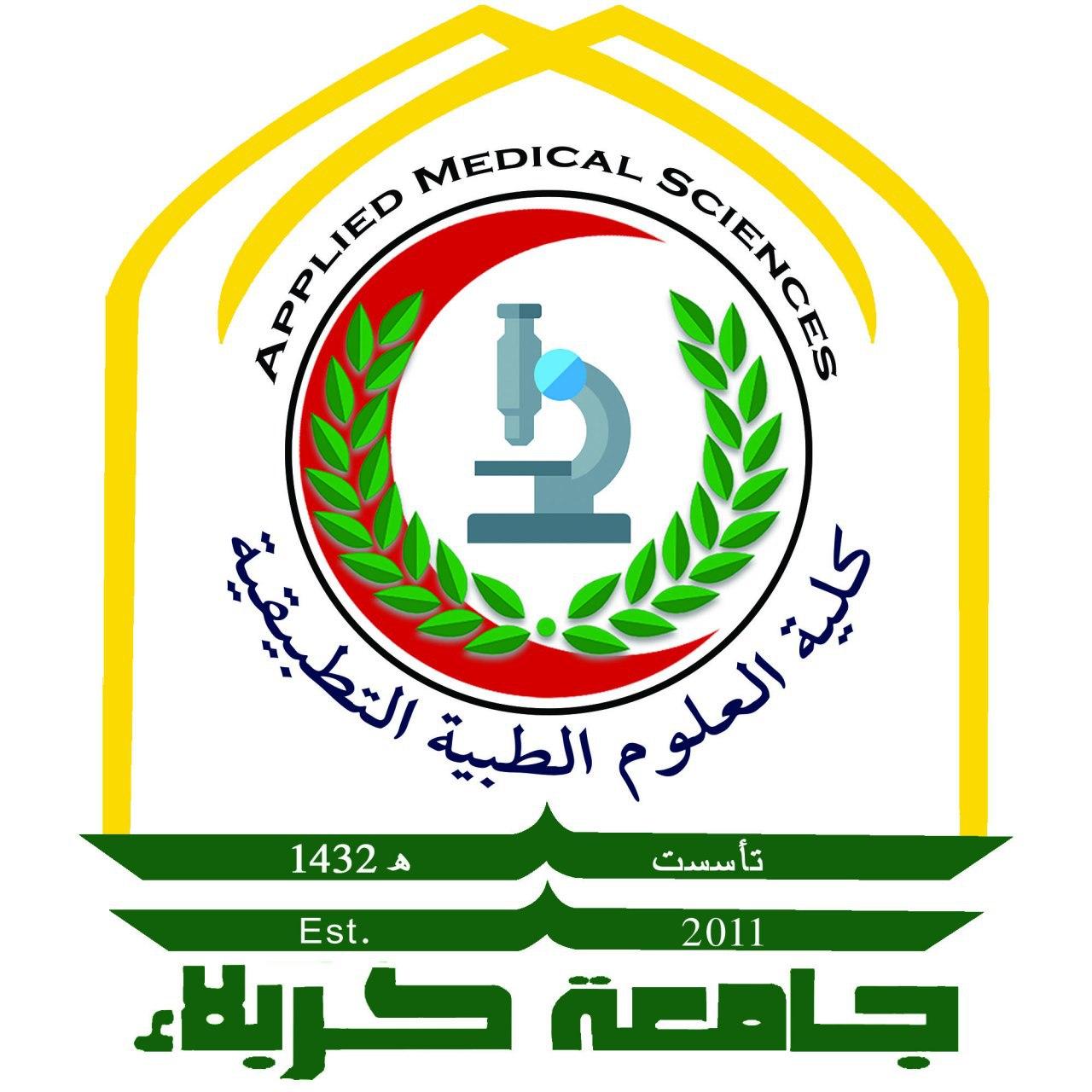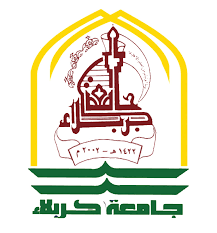High Risk Disease Mapping and Spatial Effect of Pulmonary
Tuberculosis in Kerbala, Iraq
Introduction: Pulmonary tuberculosis (PTB) remains one of the top ten causes of death globally. A crucial component of controlling this
infection is by limiting the spread of the disease. This study aimed to identify hot spot geographical areas with PTB incidence and to evaluate
spatial global autocorrelation using geographical information science (GIS) technology. Methods: Using tuberculosis register software, cases
of PTB were recorded by Chest and Respiratory illnesses center in Kerbala governorate. Seven years’ data records were used to investigate hot
spots and spatial distribution of PTB cases in Kerbala. Patients whom reside outside Kerbala were excluded from the current analysis. Loess
smoothing Seasonal decomposition trend was applied to analyze temporal patterns and clusters mapping of tuberculosis, using R statistical
software version 3.5.1. Correlation analysis (pairwise Spearman) was used to observe the association among the factors contributing to PTB
prevalence. Standard morbidity ratio (SMRs) was used to find the morbidity rate Bayesian conditional auto‑regressive model was used in the
analysis and estimation of the parameters was done through Markov Chain Monte Carlo methods to estimate the space mapping variability
cluster of disease risk and covariates effect. Results: A significant correlation was found between PTB prevalence and the age (r = 0.731) and
was also found in gender (r = 0.822). Most of the cases were distributed within the age of 17–50 years (68.4%). Tuberculosis cases were not
randomly distributed in which the variables occur with asymptotic probabilities with unpredictable spacing and that there was the presence
of high global autocorrelation among PTB cases in the City of Kerbala. Approximately, 59% of all PTB cases were seen in six quarters.
Conclusion: Spatial analysis using GIS reveals useful information about epidemiological situation of PTB cases in Kerbala Province, Iraq.
Additionally, this study predicted possible places for PTB transmission based on hot spot analysis and the continuous presence of infection
during the studied period.
Keywords: Autoregressive effects, Bayesian approach, cluster mapping, loess smoothing, nonspatial effects
Address for correspondence: Dr. Suhad Hadi Mohammed,
Department of Clinical Laboratories, College of Applied Medical Sciences,
Kerbala University, University Street 11252, Kerbala, Iraq.
E‑mail: shm.med.school@gmail.com, suhad.hadi@uokerbala.edu.iq
ORCID: https://orcid.org/0000-0002-7706-477X
Access this article online
Quick Response Code:
Website:
www.bmbtrj.org
DOI:
10.4103/bbrj.bbrj_88_19
This is an open access journal, and articles are distributed under the terms of the Creative
Commons Attribution‑NonCommercial‑ShareAlike 4.0 License, which allows others to remix,
tweak, and build upon the work non‑commercially, as long as appropriate credit is given and
the new creations are licensed under the identical terms.
For reprints contact: reprints@medknow.com




























































